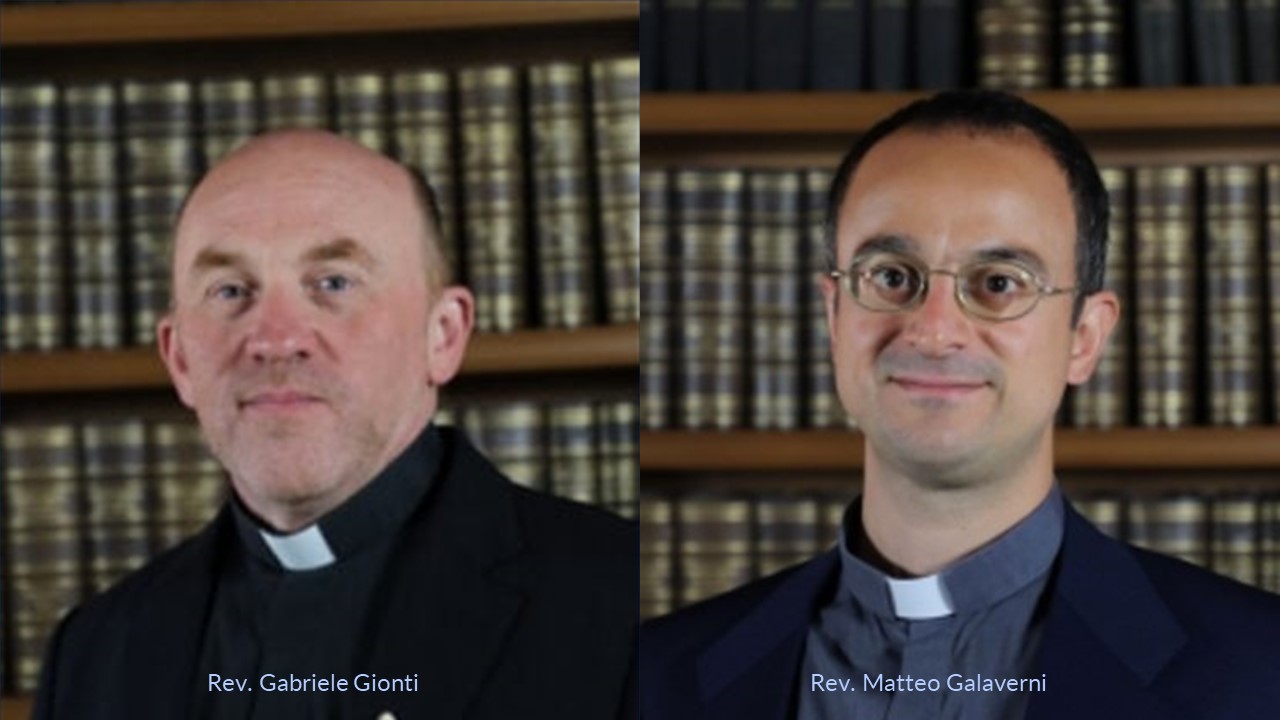With the first ever image of the supermassive black hole in the center of our galaxy, Albert Einstein's theory of Relativity is in talks again. It is quote timely then that two Catholic priests drafted a mathematical model, describing how gravity worked at the time of the creation of the universe, as announced by the Vatican Observatory last week.
The new model, proposed by Fathers Gabriele Gionti S.J and Matteo Galaverni of the Diocese of Reggio Emilia-Guastalla, seeks to describe, using mathematics, how gravity would have functioned in the midst of what is known as “cosmological inflation,” i.e. this rapid expansion of the universe during and after the Big Bang, from a small, dense spot known as a singularity.
The effects of gravity on large objects in the universe, such as planets and stars, are described by scientists according to Albert Einstein’s Theory of General Relativity. In contrast, the tiniest objects in the universe — atoms, electrons, quarks, etc. — behave according to very different rules, known as quantum mechanics.
Their research, published in the prestigious Physical Review D journal on April 15, proposes an alternative to the Jordans-Brans-Dicke theory of gravitation, which solves difficulties with Albert Einstein’s general theory of relativity in describing gravity after the Big Bang, but which has its own inconsistencies.
As such, scientists have been hunting for years for a quantum theory of gravity — a theory that would explain how gravity functioned during the Big Bang, when the universe was incredibly heavy and dense, but also incredibly small. The priests’ research is part of a larger effort in the scientific community to understand the very first moments of the universe.
In written answers to CNA’s questions about their research, Frs. Gionti and Galaverni said their work aims to look at calculations of gravity through a simpler mathematical “frame” than ones used before, which can be incredibly complicated and dense. The priests found that a common frame scientists use to study gravity, the Brans-Dicke theory, does not always work, and proposed their new mathematical framework as an alternative.

They say they hope their research could help to narrow down the various theories that other scientists have proposed about cosmological inflation, which in turn could help to narrow down the possible theories proposed to explain quantum gravity, the most famous of which is String Theory. A coherent theory of quantum gravity would contribute greatly to scientists’ understanding of how the universe operates, and how it was created.
The priests told CNA that their research offers further confirmation “that our universe appears mathematically ordered and harmonious.”
“It makes sense for a person of faith to think that this order is the fruit of a Creation by a benevolent God,” the priests wrote to CNA.
“This is not a proof of the existence of God, but an ‘aesthetic’ reasoning, in the sense that from the mathematical beauty of this universe believers are inflamed with a love for God who for love created this universe. As believers, we know that God created this universe in a relationship of Love with the Son and that this Love is actually the Holy Spirit. When we do science, it is like finding traces of this Love in the universe and, therefore, a trace of God. This is why we say sometimes that doing research is a form of prayer.”
Gionti and Galaverni’s research — published in April in Physical Review D — is brand-new, and time will tell whether it will make a splash in the cosmological scientific community.
With roots dating to 1582, the Vatican Observatory is one of the oldest active astronomical observatories in the world. Its headquarters are in Castel Gandolfo, a town just outside Rome and the location of the summer residence of the popes. The Vatican Observatory also operates the Vatican Advanced Technology Telescope, located in rural Arizona about 200 miles southeast of Phoenix.
The priests, along with Chris Graney, an adjunct scholar at the Vatican Observatory, told CNA that Catholics can take pride in the fact that their Church embraces science, and promotes and encourages the kind of research that gets published “in the best scientific journals.”
They also noted that the priests are following in the footsteps of other Catholic scientists who have contributed to our knowledge about the universe, including Father Georges Lemaître, the originator of the Big Bang theory.
-CNA